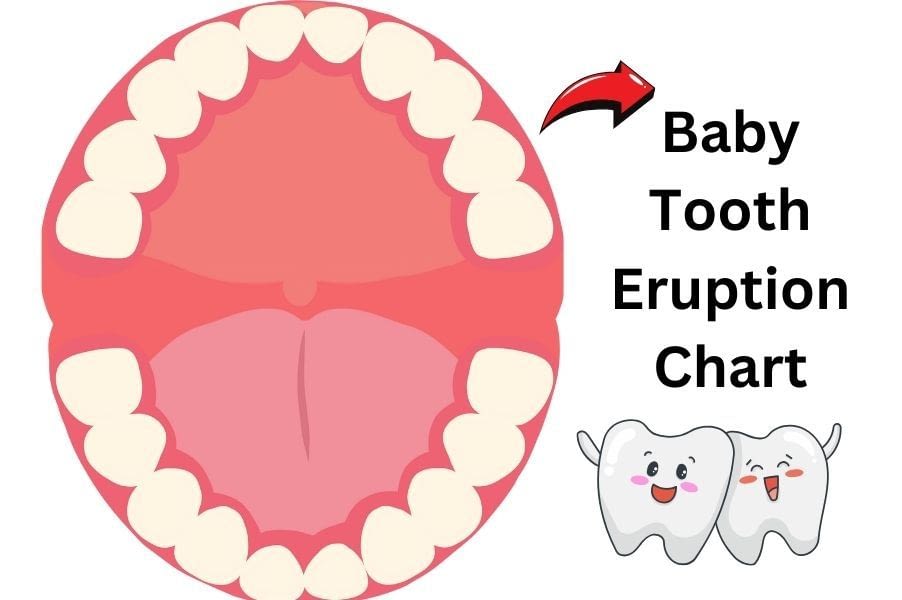Dental health is a crucial aspect of overall well-being from an early age. The journey to a healthy smile begins long before the first tooth even appears in a baby’s mouth. It starts with a hidden process that involves the growth and development of tooth buds. Understanding this process can be invaluable for parents eager to foster their children’s dental health from the get-go.
In this comprehensive guide, I’ll delve into what tooth buds are, their essential functions, everyday issues that can arise, and effective ways to support their healthy development. So, let’s take a closer look at the milestones that lay the foundation for your child’s dental health.
Understanding Tooth Buds Baby
Definition and Anatomy of Tooth Buds
Tooth buds, or dental lamina, are small clusters of cells in the gums that eventually become the teeth. Each bud will form either one of the 20 primary (baby) teeth or the 32 permanent teeth. They are established in a baby’s jawbone long before birth – a remarkable fact illustrating that dental care is pertinent even before we see visible signs of teeth.
Formation and Eruption Timeline (Milk teeth and permanent teeth)
Tooth bud development begins as early as six weeks into a pregnancy. By the time a baby is born, all the primary tooth buds have formed within the gums, and those for the permanent teeth are also starting to take shape.
How long for front teeth to grow in? The eruption of baby teeth typically starts around six months, although it can vary among children and continues until approximately two to three years old. This period is often called the baby teething schedule, marking critical developmental milestones as each new tooth emerges.
What do tooth buds look like
Tooth buds, not visible without medical imaging, are unlike the teeth they will eventually become. In their earliest stages, tooth buds might be imagined as a tiny, bulbous formation where each resembles a minuscule nub nestled in the baby’s jawbone.
Over time, these buds will differentiate and grow, taking on the unique shapes of each specific type of tooth – incisors, canines, premolars, and molars. Dental professionals can observe the early tooth buds as small, consistent formations arrayed along a child’s developing jawline using ultrasounds or X-rays.
Functions of Teething Buds
Primary functions of tooth buds
The primary role of tooth buds is to initiate the development of functional teeth. Each bud forms a different tooth part, including the enamel, dentin, and pulp. Proper formation of these structures is necessary for healthy tooth function, affecting everything from the ability to chew food to speaking clearly.
How long do teeth take to grow in?
Once the process begins, the time it takes for a tooth to grow and break through the gums, known as eruption, can vary widely. Typically, it takes a few months for a tooth to emerge after its corresponding bud begins to develop. However, the whole process, from tooth bud formation to the eruption of the final permanent tooth, can span many years.
Tooth Growth Duration
Primary teeth generally appear between six months and three years of age. For permanent teeth, the process can begin as early as six years old and continue until late adolescence with the emergence of wisdom teeth, usually by the age of 17 to 21.

How long after tooth buds do teeth come in?
The journey from tooth bud to the emergence of a visible tooth varies among children, but on average, parents can expect the first teeth to break through the gums approximately four to six months after birth. The central incisors are typically the first to arrive, followed by lateral incisors, first molars, canines, and second molars.
This process continues progressively until the child is about two to three years of age when most of the 20 primary teeth typically erupt. It’s important to note that this timeline serves as a general guideline; some children may experience earlier or later teething.
How long after first tooth does second come in
After the initial appearance of the first tooth, parents may wonder about the timing of subsequent teeth. Typically, the second tooth can emerge within one to two months following the first tooth. It’s common for the set of lower central incisors to arrive in close succession.
However, variations are normal; some infants might experience quicker or more staggered tooth eruptions. Regular pediatric dental check-ups can help monitor the progress and address any concerns with tooth eruption patterns.
Importance of early dental care
Early dental care is essential in monitoring the development of the tooth buds and ensuring the proper eruption of milk and permanent teeth. Starting good dental habits early can prevent dental issues and promote lifelong dental health.
Common Issues with Tooth Buds
Baby first tooth symptoms
Teething is a natural but sometimes uncomfortable process for infants. Symptoms include soreness and swelling of the gums, fussiness, and drooling. These indicators show that the tooth buds push through the gums. Some babies may experience a little discomfort, while others might find teething quite painful.
Dental Abnormalities and Their Impact
During tooth bud development, dental abnormalities like malocclusion (misaligned teeth) or congenitally missing teeth may occur. Early detection by a pediatric dentist can help manage these issues and plan for necessary interventions.
Promoting Healthy Tooth Bud Development
Oral Hygiene Practices for Infants and Toddlers
Even before the first tooth appears, you can promote good oral health for your baby. Gently wipe your baby’s gums with a soft, damp cloth after feedings to keep the mouth clean. Once the teeth emerge, brush them twice daily with a soft-bristled, small-sized toothbrush and a rice-grain amount of fluoride toothpaste.
Nutrition and Diet Recommendations for Optimal Tooth Development
A balanced diet rich in vitamins and minerals is crucial to dental and tooth bud health. Calcium, phosphorus, and vitamin D are essential for developing strong and healthy teeth. Be mindful of sugary snacks and drinks, as these can increase the risk of cavities, even in very young children.
Conclusion: Tooth buds baby
Each phase is significant through all the stages of growth—from tooth buds to teething buds and from milk teeth to permanent teeth. A sound understanding and proactive approach to dental care can lead to the establishment of robust oral health in children. Remember, early and consistent care ensures that your child’s smile will be vibrant and strong, setting a precedent for good health practices as they grow older.
Reflecting on the key points I’ve explored: the role of tooth buds in dental development, the importance of the baby teething schedule, and the contribution of a nutritious diet and proper hygiene, it’s evident that the groundwork for future smiles is laid in these formative years. As parents, your awareness and involvement are indispensable.
Encourage your little ones to embrace their dental health as they grow, and with every new step in their tooth bud development, remember that you are fostering more than just teeth—you are nurturing their confidence and well-being. Here’s to their healthy, happy smiles!
1 Visit today





